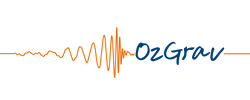Stephen introduced impact campaigns to the ABC, with notable success, including on two series of War on Waste, with 68% of the huge audience declaring to have changed behaviour after watching the show. In this session Stephen will discuss producing broadcast content that has far reaching impacts from attitudes to recycling, to senate inquiries on seafood labelling, and how lessons learned are being translated to current ABC projects on climate change including The Fight for Planet A: The Climate Challenge documentary.
Presenter
Stephen Oliver, Manager Documentaries, ABC
When: Tuesday 18th February, 12.20pm
Where: Room G31, Learning and Teaching Building, 19 Ancora Imparo Way, Clayton
Hashtag: TBC

